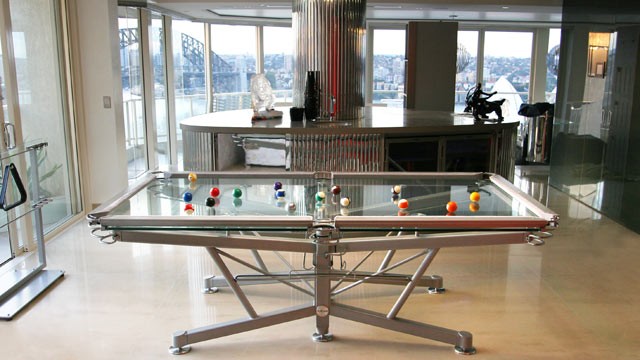New Rockstar Lawsuit: Consuming Massive Amounts of Caffeine (x4) Allegedly Leads To Heart Attack
News from the energy drink litigation carousel: Rockstar Beverage Corporation has now been sued in Los Angeles Superior Court after a man allegedly suffered a heart attack after consuming one of its beverages. According to a report from NBC, Plaintiff Oscar Maldonado claims to have consumed up to four Rockstar beverages in a 6-8 hour period and subsequently developed shortness of breath and chest pains. Over the next three weeks, his symptoms worsened. He was eventually told by doctors that he was having a heart attack. Thereafter, he was taken in for an undisclosed surgical operation. Now, Maldonado alleges Rockstar is to blame.
The specific allegations against Rockstar are nothing new in the increasingly popular energy drink litigation. The suit alleges that Rockstar drinks rely on large quantities of caffeine, a “substance well-known for imposing health effects upon consumers” and “known to play a role in triggering adverse cardiac episodes.” In addition, Rockstar contains taurine, an ingredient that allegedly has a similar effect on the heart muscles. Of course, Maldonado alleges that if Rockstar had properly warned him of the risks, he would have never consumed the Rockstar drinks.
We here at Abnormal Use have often been critical of these energy drink suits. This one is nothing new. At this point, we assume (perhaps wrongly) that everyone on the planet understands that most energy drinks provide that desired boost of energy through the use of massive amounts of caffeine and that caffeine is not-exactly known as being heart-friendly. In fact, Maldonado seemingly admits as much in his complaint As such, we question whether any warning would have actually had any affect on Maldonado’s consumption.
Given the admittedly known risks of consuming large amounts of caffeine, we wonder how Maldonado works around the fact that he consumed not one, but four, Rockstar drinks in a 6-8 hour period. We assume his defense will be that while he knew that consuming large amounts of caffeine was hazardous, he did not know that consuming large amounts of caffeine (x4) could be hazardous enough to result in a heart attack. Alas, Rockstar definitely should have warned him of that, right? Sigh.















